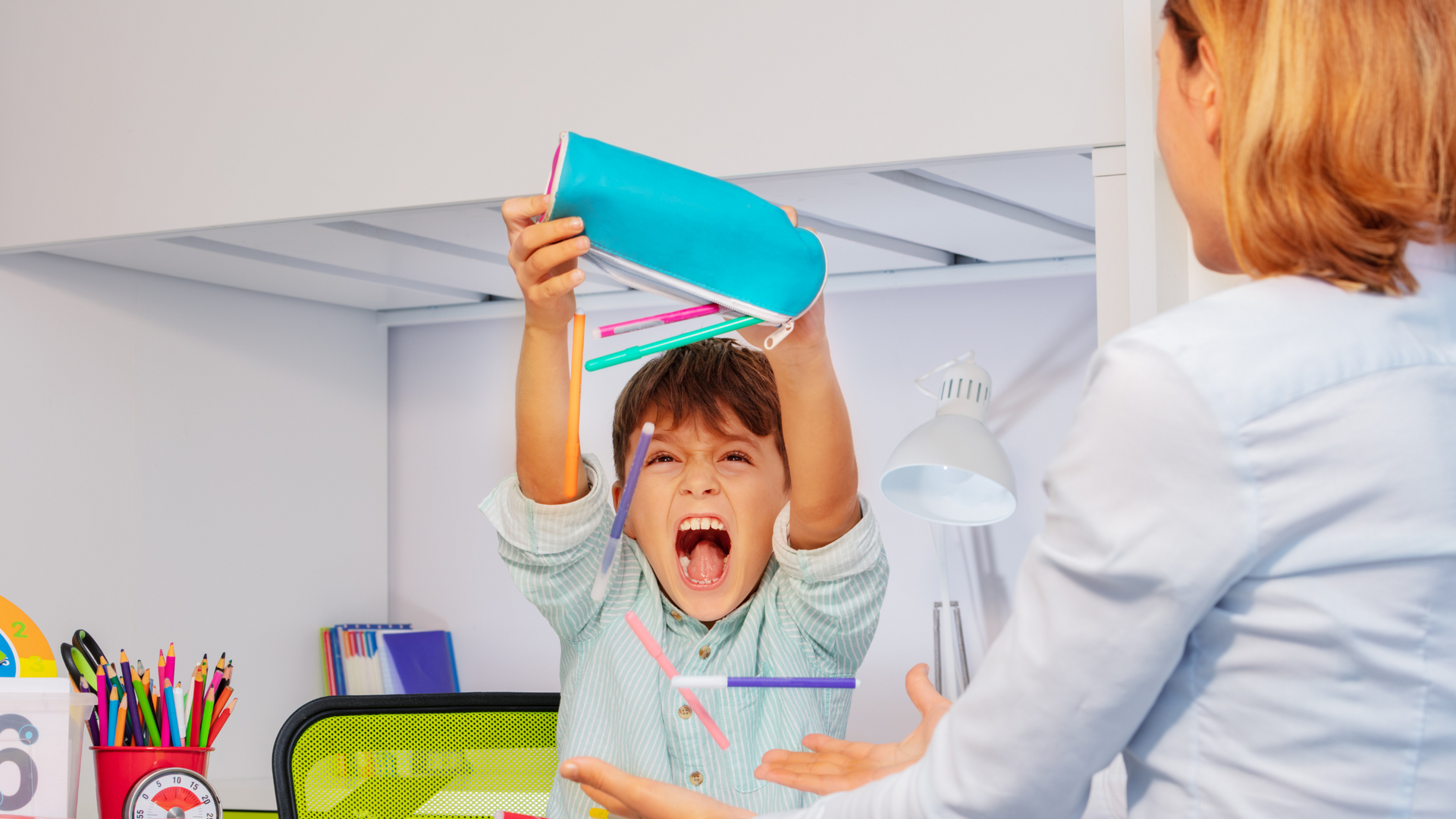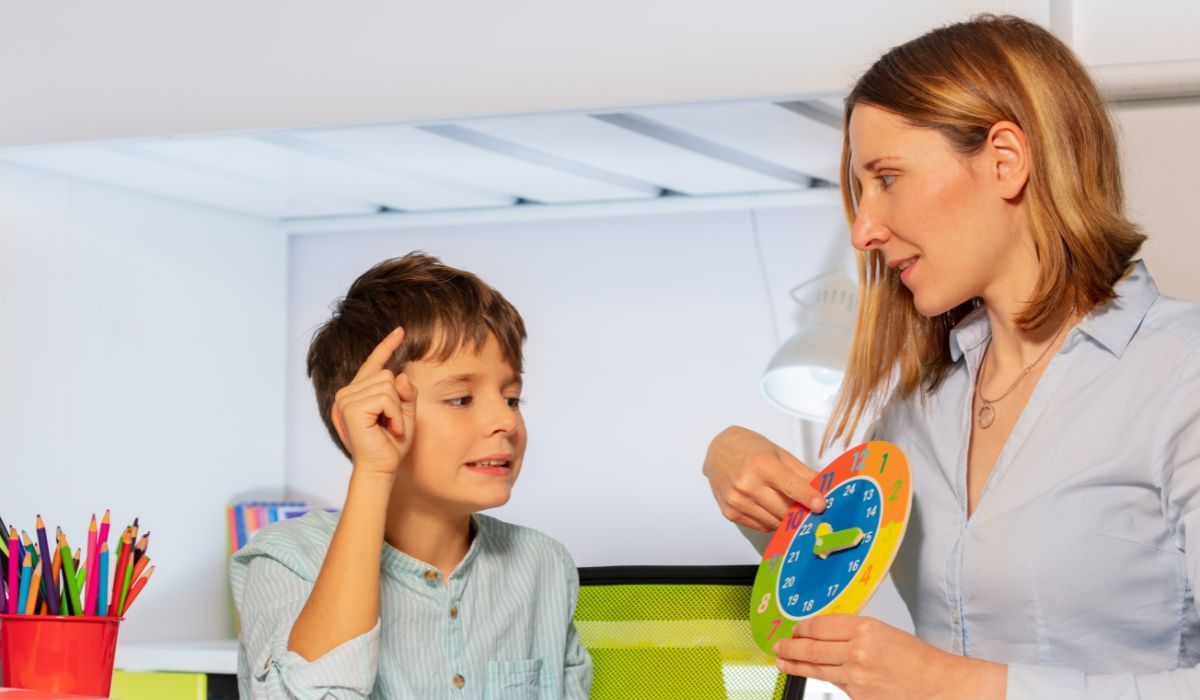Debunking Common Myths About ABA Therapy

Applied Behavior Analysis (ABA) therapy has become a widely recognized approach for supporting individuals with developmental and behavioral challenges. Yet, despite its growing use and research-backed effectiveness, ABA therapy is often misunderstood.
Misinformation and outdated assumptions can make it hard for families to make informed decisions about the right treatment path.
At Able Minds ABA, we believe that understanding the facts is the first step to meaningful progress. This article explores and debunks the most common myths surrounding ABA behavior analysis while shedding light on how families in Maryland can benefit from trusted services, both in clinics and through ABA home therapy Maryland.
Myth 1: ABA Therapy Is Only for Children
One of the most persistent myths is that ABA behavior analysis is only effective for young children. While early intervention can certainly be beneficial, ABA is not limited to a specific age group. In fact, individuals across various stages of life can benefit from behavior analysis to develop communication skills, learn daily routines, or address behavioral challenges.
Whether it’s a teenager learning social skills or an adult working on vocational tasks, ABA strategies can be tailored to meet unique needs and goals. ABA companies in Maryland, including providers offering in-home services, recognize the importance of flexible, lifespan-oriented care.
The Reality:
ABA is not a one-size-fits-all approach. It is a highly customizable method grounded in behavioral science, and it can be adapted to fit the developmental level, goals, and needs of the individual, regardless of age.
Myth 2: ABA Is Just About Discipline and Correcting Behavior
Another widespread misconception is that ABA therapy is overly focused on eliminating unwanted behaviors through discipline. This outdated perspective overlooks the core principles of ABA, which focus on understanding why a behavior occurs and teaching alternative, positive skills.
Rather than focusing solely on reducing problematic actions, ABA practitioners aim to build useful, meaningful behaviors. These include communication, coping, self-help, and independence. The idea is to create lasting behavioral changes that enhance quality of life, not just stop certain behaviors from occurring.
The Reality:
ABA is as much about skill-building and reinforcement as it is about behavior reduction. In fact, the use of positive reinforcement is a foundational concept in ABA behavior analysis. It encourages the development of desirable behaviors by associating them with positive outcomes.
Myth 3: ABA Is a Rigid, One-Method Approach
Because ABA follows scientific principles and relies on data, some people assume that it must be rigid or lacking in creativity. However, this couldn’t be further from the truth. ABA strategies are highly adaptable and can be tailored to a person’s specific learning style, preferences, and goals.
At Able Minds ABA, for example, we believe in crafting individualized programs that meet each person where they are. We take into account not only the specific behaviors to address but also how someone learns best—whether through play, visuals, routines, or step-by-step modeling.
The Reality:
ABA isn’t a script. It’s a framework. Effective ABA home therapy in Maryland, especially, requires creativity, flexibility, and ongoing adjustments based on regular assessments and feedback from both the individual and their family.
Myth 4: ABA Only Works in Clinical Settings
Many believe that ABA must be conducted in a formal, clinical environment. However, in-home therapy has proven to be just as effective, if not more so, depending on the person’s needs and environment.
ABA home therapy Maryland services are designed to bring behavior analysis directly into a person’s natural surroundings—be it at home, in school, or within the community. This context-rich environment can often lead to faster learning and easier generalization of skills because the individual is learning in the places they use those skills most.
The Reality:
In-home ABA therapy offers convenience, personalized attention, and real-life application of skills. This approach supports daily living, routines, and family engagement, making the therapeutic process both accessible and practical.
Myth 5: ABA Is Outdated and No Longer Relevant
Some critiques suggest that ABA behavior analysis is an old model that doesn’t align with modern, person-centered practices. While it’s true that ABA has evolved significantly since its origins, that evolution has made it even more effective, ethical, and client-focused.
Today’s ABA practices emphasize collaboration, dignity, consent, and individualization. Techniques are constantly refined based on new research, and families are encouraged to play an active role in treatment planning.
Reputable ABA companies in Maryland continuously invest in training, development, and outcome measurement to stay aligned with best practices.
The Reality:
Modern ABA is dynamic, compassionate, and centered on personal growth. It aligns with contemporary values such as respect, inclusiveness, and empowerment.
Myth 6: All ABA Companies Are the Same
Choosing an ABA provider isn’t just about availability; it’s about quality, approach, and alignment with your family’s values. Unfortunately, some families assume all providers use the same methods or maintain the same standards.
In reality, there’s a wide range of quality and philosophy among ABA providers. This is why it’s important for families to do their research, ask questions, and find an agency that emphasizes ethical care, professional development, and family involvement.
The Reality:
Top ABA companies in Maryland offer more than sessions—they provide individualized support, clear communication, ongoing training for staff, and measurable outcomes. These providers also focus on collaboration with schools, therapists, and caregivers to create a holistic support system.
Myth 7: ABA Therapy Produces Fast Results
Families naturally hope for quick changes, especially when challenges are affecting school, family life, or safety. But ABA is a long-term investment. It requires consistent sessions, active participation from caregivers, and data-driven adjustments over time.
Some skills may emerge quickly, while others take weeks or months of gradual reinforcement. ABA is designed to create lasting change, and that often means pacing progress based on readiness and individual needs.
The Reality:
Effective ABA therapy focuses on
steady, sustainable improvement, not shortcuts. Families should view the process as a journey, not a sprint. With patience and collaboration, meaningful change is not only possible—it’s expected.
Myth 8: ABA Suppresses Individuality
Critics sometimes claim that ABA attempts to mold individuals into behaving in a "normative" way, removing their unique traits or expressions. This myth often stems from older models of intervention that did not fully recognize individuality.
Modern ABA providers place a strong emphasis on
preserving personal preferences, celebrating diversity, and promoting autonomy. The goal of ABA is not to suppress personality but to provide people with tools they need to express themselves more freely and engage more meaningfully with the world.
The Reality:
ABA behavior analysis, when practiced ethically and respectfully, empowers individuals. It helps them increase independence, make choices, and participate more fully in activities they enjoy.
Myth 9: Parents and Caregivers Don’t Play a Role in ABA
Some families believe that therapists are the sole drivers of progress and that their involvement is limited to scheduling and logistics. However, this couldn’t be further from the truth.
Parental involvement is crucial in ABA therapy. Therapists rely on input from caregivers to better understand behavior patterns, preferences, and daily routines. Moreover, families often receive training on how to continue ABA strategies between sessions.
This family-focused model is especially effective in ABA home therapy Maryland, where therapists and caregivers work side by side in the individual’s familiar environment.
The Reality:
ABA therapy is most effective when families are part of the process. Caregivers become collaborators, advocates, and champions of change.
Myth 10: ABA Is Only About Behavior Charts and Rewards
While ABA often uses reinforcement systems, such as token boards or reward charts, these are just tools within a broader toolkit. ABA is much more comprehensive—it includes functional behavior assessments, skill acquisition plans, data collection, goal tracking, and environmental modifications.
Reward systems, when used, are tailored to the individual and are faded over time to encourage intrinsic motivation. They serve as a stepping stone toward more complex, natural rewards like independence, connection, and success.
The Reality:
ABA is a scientifically grounded approach that uses many tools—not just rewards. It emphasizes analysis, strategy, and individualized planning to create meaningful change.
How ABA Companies in Maryland Are Changing the Narrative
Maryland families have access to a growing number of high-quality ABA providers offering in-home and center-based services. Agencies across the state are helping to reshape the perception of ABA through transparency, ethical practices, and family-driven care.
For example, ABA home therapy Maryland is opening doors for personalized intervention that supports learning in a natural environment. This format enables families to integrate therapy into daily life, empowering individuals to thrive at home, in school, and in the community.
Conclusion: Informed Choices Lead to Better Outcomes
The myths surrounding ABA behavior analysis often stem from outdated practices, misinformation, or lack of exposure to modern ABA. When families have accurate information, they’re better equipped to choose the right path for their loved one’s growth.
By separating facts from fiction, we can see that ABA is not rigid, one-dimensional, or impersonal. Instead, it is a flexible, evidence-based approach that celebrates progress, respects individuality, and supports lasting development.
If you’re seeking support and wondering whether ABA therapy is the right choice, it’s essential to look beyond the myths and explore what ABA companies in Maryland—especially those offering ABA home therapy Maryland—truly offer: science-backed strategies, compassionate care, and real-world results.
FAQs:
How long does ABA therapy usually take to show results?
ABA therapy is individualized, so the timeline for progress varies. Some may see improvements in a few weeks, while others may require several months. Consistency and family involvement greatly influence outcomes.
Is ABA therapy only done with children at clinics?
No, ABA can be provided in various settings, including homes, schools, and the community. Many families in Maryland benefit from ABA home therapy which allows for natural learning in familiar environments.
What qualifications should I look for in ABA companies in Maryland?
Look for board-certified behavior analysts (BCBAs), registered behavior technicians (RBTs), and a provider with a focus on individualized plans, ethical practices, and family collaboration.
Will ABA therapy make my child lose their personality?
ABA is designed to support skill development while preserving individuality. It encourages autonomy, communication, and self-expression—not conformity.
Can ABA be used to support teenagers and adults too?
Absolutely. ABA is a flexible framework that can be adapted for all age groups to address goals related to independence, communication, life skills, and more.










